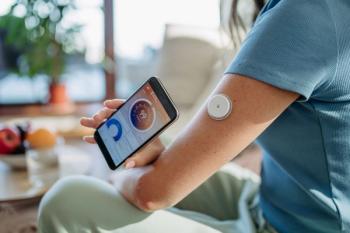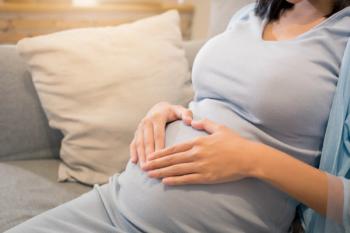
Can a cervical pessary prevent PTB?
For a patient with a short cervix, you may want to consider using a pessary during her pregnancy.
Use of a cervical pessary in singleton pregnancies in women with a sonographically measured short cervix resulted in a marked reduced risk of spontaneous preterm birth (SPTB) at less than 37 weeks, according to results of a
“One option to manage the risk of SPB is to use a pessary applied to the uterine cervix in order to prevent its dilatation and delivery,” said principal investigator Faustino Pérez-López, MD, PhD, a professor of ob/gyn at the
Furthermore, some meta-analyses are biased due to underpowered samples or the use of selective outcomes, producing the so-call ‘P-hacking effect,’ according to Dr. Pérez-López.
For the analysis in the
The investigators assessed the value of a cervical pessary to prevent SPB before 34 weeks of pregnancy in singleton pregnancies with a short cervix (≤ 25 mm) as measured by transvaginal ultrasonography between 18 and 24 weeks of pregnancy.
SPB risk at less than 37 weeks was about 50% less among participants with a pessary (RR 0.46; 95% CI 0.28–0.77). Conversely, pessary application was twice as likely to result in vaginal discharge (RR 2.05; 95% CI 1.82–2.31).
“We would like to obtain better results for fetal and general obstetrics outcomes,” Dr. Pérez-López told Contemporary OB/GYN.
There were no significant differences between pessary users and controls for mean gestational age and infant weight at delivery. Risks of chorioamnionitis, cesarean delivery and perinatal or neonatal outcomes were also similar. “The heterogeneity detected during meta-analyses could reflect the clinical characteristics of the studied populations, design of the analyzed studies and their corresponding clinical scenarios,” said Dr. Pérez-López, noting that the selection of patients for cervical pessary should be improved.
“For instance, other studies have reported that the utero-cervical angle (UCA), superior to 95º during the second trimester of pregnancy, is associated with a higher risk of SPB before 37 weeks,” Dr. Pérez-López said. “Additionally, when the UCA is higher than 105º, the sensitivity of predicting SPB before 34 weeks increases.”
On the other hand, ultrasound technology could assess cervical tissue texture and consistency to precisely detect structural anatomic alterations. “All these variables, plus the maternal genital microbiome, should be included in future studies to obtain accurate results and the measurable benefits of any preventive intervention to reduce the risk of SPB,” Dr. Pérez-López said.
Standardization of reported outcome for this type of study is also required to accommodate different studies in meta-analytic procedures, according to Dr. Pérez-López, as well as accounting for the various pessaries that are currently applied and studied.
“Despite these challenges, I am convinced that in the near future the risk of SPB will be significantly reduced,” Dr. Pérez-López said.
Disclosures:
Dr. Pérez-López reports no relevant financial disclosures.
Newsletter
Get the latest clinical updates, case studies, and expert commentary in obstetric and gynecologic care. Sign up now to stay informed.









